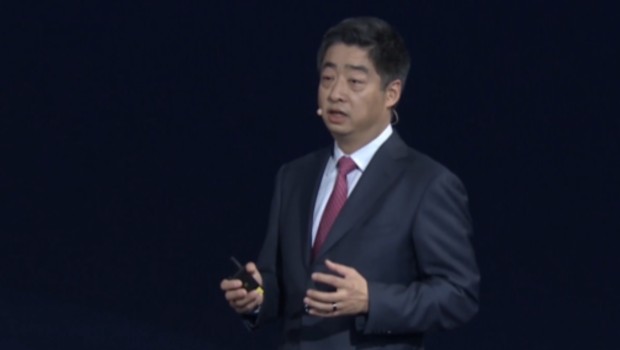With boosted speeds and lower latencies, global mobile networks are set to utilize 5G wireless technology to integrate real-time interaction between users and the virtual world.

In his keynote address during the recently concluded 11th edition of the Annual Global Mobile Broadband Forum, Huawei deputy chairman Ken Hu said 5G technology is poised to drastically redefine how people live, connect, and work.
“The adoption of 5G in industries has moved from technical verification to commercial deployment. As of September 30, 2020, China’s three major operators have implemented over 5,000 innovative 5G projects and signed over 1,000 5G business contracts,” he said.
These numbers translate to the deployment of 600,000 base stations across 300 cities in China, enabling the country to deliver a wide range of 5G-powered solutions and services to more than 20 of its local industries.
“There’s no out-of-the-box approach to innovation. We’ve got to focus on real needs in real scenarios and build up the capabilities to meet those needs. This is a challenge. But more importantly, it’s a huge opportunity for everyone involved,” Hu said.
With Mbps speeds in the hundreds, industries that require real-time data processing and related operations will significantly benefit, according to HU. As an example, it will include healthcare, ports, steel, power grids, mining, and manufacturing industries.
But, Hu reminded organizations to assess whether their needs match the capabilities brought by 5G. As a rule of thumb, he said four criteria must be assessed when considering 5G technology integration – technical relevance, business potential, value chain maturity, and standardization.
Some of the typical scenarios where the proper tool is 5G revolve around remote control access, video backhaul, machine vision, and real-time positioning. For proper and adaptive deployment of 5G services, however, operators will need to optimize not just the acquisition of network equipment, but its construction and maintenance as well.
Huawei projects the average price of 5G modules to simmer down by the end of 2022 — an opportune time to expand and diversify the ecosystem of 5G devices. As long as improving connectivity remains the nucleus of telecom operator strategies, the addition of cloud and integration capabilities will cease to be out of reach.
“Moving forward, we will have to overcome a number of difficulties, and every step forward requires change. We are ready and willing to work with operators, our enterprise customers, and industry partners to push the boundaries of innovation and build a better future for everyone,” Hu concluded.




